|
If I had a nickel for every time I helped a client discover the primary cause of foot or knee or hip pain is upstream, I'd have a LOT of nickels. Rounded shoulders, rounded spine, forward head will negatively impact healthy joint movement and function making them ripe for injury and degradation and plain old pain. Yes and those problems will definitely affect any of the other joints as far away as the feet and ankles. It's not "woo woo" stuff, it's physics and biomechanics and it's true.
Jaws drop open when clients correct the position of the shoulder, upper back and head and their hip or knee or foot pain and dysfunctional movement patterns disappear. Whether you are a serious runner, athlete or housewife, ankles, feet, knees, hips, pelvis, spine can't function properly with rounded shoulders, rounded upper back and forward head. This article is Dynamite. Even if you aren't a runner the concept applies to any runner or non-runner. Thanks Matt.
1 Comment
TOO MUCH OF A GOOD THING by Matt Whitehead Egoscue University certified Postural Alignment Specialist (PAS) and Advanced Exercise Therapist (AET) and owner of Oregon Exercise Therapy. Posture, alignment, and functional movement is talked about everywhere and by everyone nowadays, which is a really good thing, but there are some problems that are arising from posture's popularity. Just about every personal trainer, physical therapist, chiropractor, online health blogger, and gym rat calls themselves a posture alignment expert and is writing articles, posting youtube videos, publishing books, and going on TV shows talking about what good posture is and how to achieve it. Again, this is wonderful that posture is being talked about so much and everyone now thinks about posture as being important, but not all the information being handed out is helpful or correct, and not all the information is consistent. This creates issues for the consumers of this information. I am going to discuss the major myths about postural alignment, explain where "experts" have it wrong, and help you the consumer know how to tell whether advice is good or bad. Myth #1: Thinking about your posture is enough. Truth: Postural alignment is unconscious and based on our muscle memory. Thinking about your posture is not enough to correct your imbalances and even if you could, what happens to your posture when you get distracted? Myth #2: This is the way I was born; It's just the way I am. Truth: Postural alignment is not genetic. As much as you'd like to blame your parents for your bowed legs, pronated feet, rounded upper back, or forward head, that argument just doesn't carry any weight. Your postural alignment is a reflection of how you've moved throughout your life, not your DNA. Myth #3: Good posture means a flat stomach. Truth: Good posture means a relaxed stomach. Tightening or pulling in your abdominal muscles causes many problems including increased risk of low back injury, interference with hip and pelvic movements, compromised breathing, increased neck, shoulder, and upper back tension, and deceased mood. Joseph Pilates at age 57 and 82. Notice his flat, tight stomach and contracted quads, along with very internally rotated arms and externally rotated legs. Not a good example of balanced posture! Myth #4: All you need to do to improve your posture is strengthen your core. Truth: Strengthening your core will strengthen or "lock in" your current postural alignment - which is probably not very good. Most people with poor posture and who are looking at core strengthening as a way to improve their posture have some kyphosis and shoulder rounding along with a hip disparity, and strengthening their core will only cause these imbalances to get worse. Core strengthening is best left for after you have good postural alignment, not before. This principle is easily remembered by the phrase: straighten before you strengthen. The man on the left has a strong core and the woman on the right is pulling her stomach in. They both have terrible posture. Myth #5: Everyone has a different natural posture. Truth: Yes, almost everyone you look at around you probably looks much different posturally from each other, but that does not mean their posture is designed to be different. We all share the same bones, joints, muscles, ligaments, and nerves and they are designed to align themselves in the same way. The differences you see in people's postures are environmental (how they use their bodies) not genetic. Human design posture. All humans share the same design and postural alignment. Myth #6: If something is "bad" the opposite must be "good". Truth: Research and many experts have been talking about the dangers of valgus knees and medially rotated femurs and how that increases the chance of an ACL Tear. Many of these experts then reason that if valgus and medial rotation is bad, varus and external rotation must be good. In philosophy 101 we learned this is a false dilemma...apparently many posture experts skipped philosophy class! Knees that are vertically aligned with the ankles and hips and that point straight ahead are natural and function best and any misalignment can and will cause inefficiency in movement, tissue damage, and pain eventually. The above image on left (labeled NO in red) shows the knee collapsing valgus which most people agree is not good, but the image on the right (labeled YES in green) shows the knee varus to the ankle which also can lead to injury. (Varus and Valgus, both knee positions are dangerous!) Just because this valgus knee position when squatting is "bad"... ...that doesn't mean a varus knee position when squatting is "good"! Both knee positions create uneven and undo stress on the body. (Note: this is not a picture of "neutral knees" as much as Kelly Starrett wants it to be) The above two pictures are of Kelly Starrett, a well known physical therapist from the Cross-Fit world, from his book "Becoming a Supple Leopard". While he has many good ideas and is certainly strong, he believes in most of these posture myths and his posture demonstrates he hasn't quite figured it all out. Myth #7: Good posture means tucking your chin and lengthening your neck. Truth: People who say this are trying to correct forward head posture and they believe tucking the chin is the way to do that since it does often move the head back. The problem is they are treating the symptom and not the cause. Forward head posture is often caused by some combination of these imbalances: thoracic kyphosis; rounded shoulders; anterior pelvic tilt; posterior pelvic tilt; swayback; flat lumbar spine; lumbar lordosis; and knee hyperextension. Tucking your chin might look better at first glance but without correcting the underlying posture imbalances you've made very little impact on your overall health. Lengthening your neck can decrease the lordosis in the cervical spine too much and put the discs of the neck under increased stress and strain, cause excessive muscle tension, and even restrict your airway (breathing). "Good posture" recommended by CHOC Children's and UC Irvine School of Medicine. This shows many of the myths and misconceptions of what good posture is and how it should be achieved. This image shows myth 7, 8, 9, and 10! Myth #8: To align your pelvis, pull your stomach in and tuck your butt under. Truth: If your pelvis is tilted forward into an anterior tilt, then yes this idea might make sense, but as talked about in myth #1 and #3 postural alignment should come naturally and your stomach should be relaxed. What happens if you give this advice to someone whose pelvis is already tilted backwards into a posterior tilt? You make their posture even worse and greatly increase the chance of low back injury among other things. Not good. While correcting anterior pelvic tilt is a good idea, going about it by sucking and tucking is a bad idea. Myth #9: Good posture means pulling your shoulders back. Truth: Good posture means your shoulders are back without you thinking about it. If you are consciously pulling your shoulders back (remember myth #1) you'll create excessive fatigue in your upper back muscles which can cause more pain. Your shoulders should be completely relaxed when standing or sitting and naturally fall into place. If you have to pull your shoulders back to get them aligned with your hips, you need to address the postural imbalances you have throughout the rest of your body, and then your shoulders will fall into place naturally without effort. Any tightening of muscles will lead to poor movement patters and can lead to pain and injury. Obviously this is exaggerated, but pulling your shoulders back is not a good idea. Rather go after the underlying cause of your shoulder position and let your shoulders relax into good postural alignment. Myth #10: When standing your knees should be slightly bent. Truth: Your knees should be straight when standing relaxed, not bent. Keeping your knees bent while standing increases the pressure on meniscus of the knees and patellar tendon and can cause pain. Hyperextending your knees (locking your knees) by tightening your quads is also stressful to your knees and can create damage to the underside of your patella (kneecap). When you, the healthcare consumer, is reading about posture advice, remember these 10 Posture Myths. If the advice falls under any of these posture myths, think twice before following the advice. Your posture and body will thank you!
Many clients start out believing that all their pain or injury is caused by one singular event: the memorable blasting tennis serve or the innocent twist to open the window, or reaching plus twisting to pick up the dog's leash on the floor.
We need to get away from that "One Event" idea. The client's body was already breaking down. It was injured because of uneven muscle tension and misaligned bones and joints. It is this imbalance which forces the body to compensate. Its just a matter of time before compensations turn into dysfunction and imbalance. Bottom line, barring any direct blow and breakage, the muscle imbalance and resulting muscle/joint dysfunction that we create are to blame. It's useless and a waste of precious time to blame tennis, the dog, window or our shoes. Fix the underlying imbalance and dysfunction and stop blaming the singular thing or event. Call us so we can help evaluate your muscle and joint imbalance and pain. 772-559-1532 |
AuthorCatee Ingwersen is an Egoscue certified Posture Alignment Specialist and Licensed Massage Therapist. Archives
June 2018
Categories
All
|
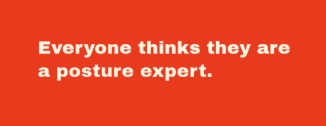
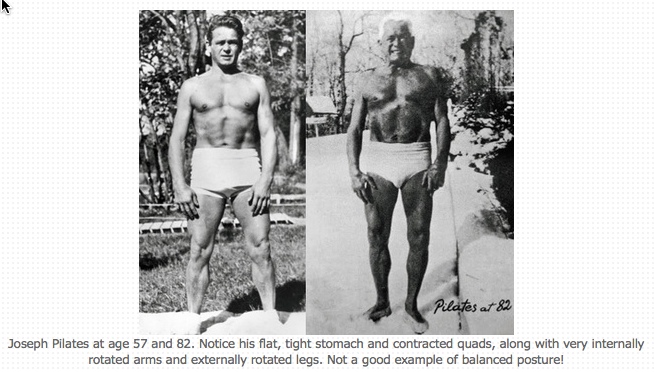
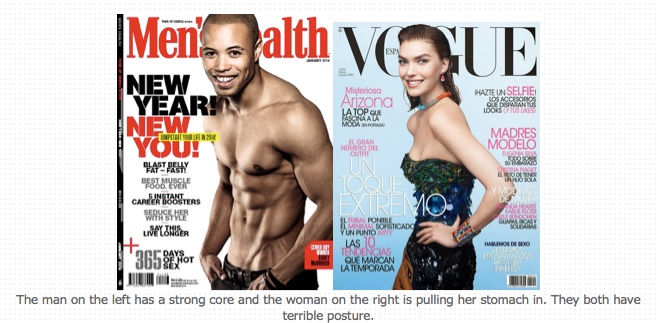
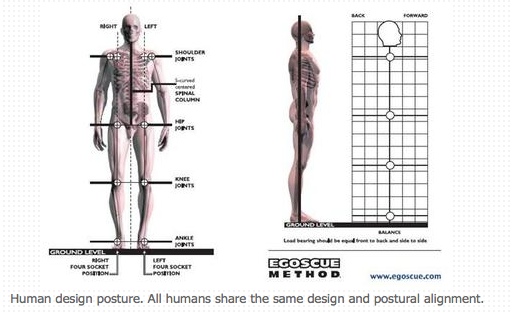
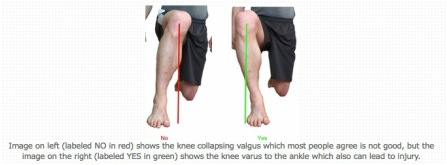
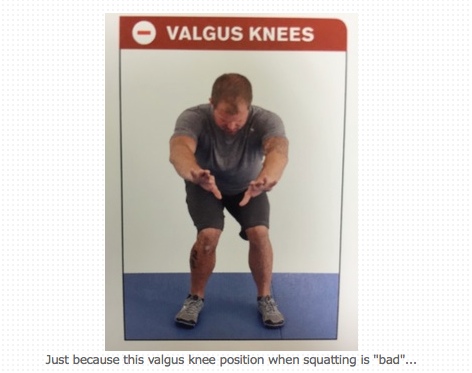
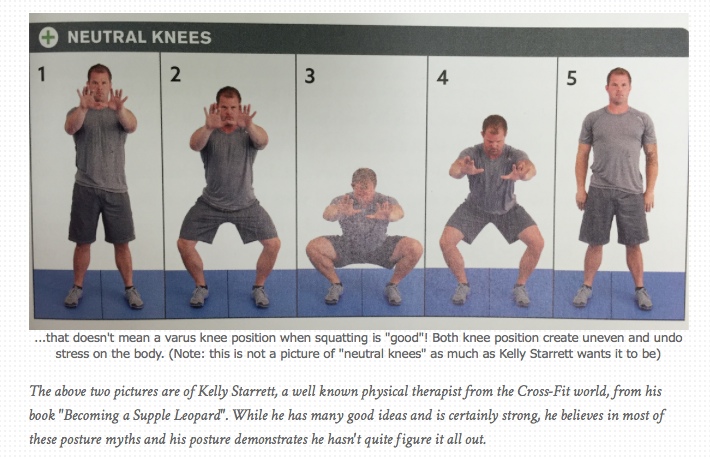
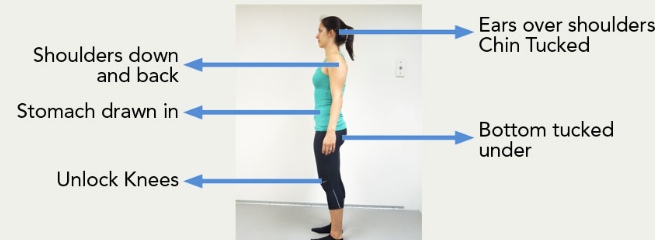
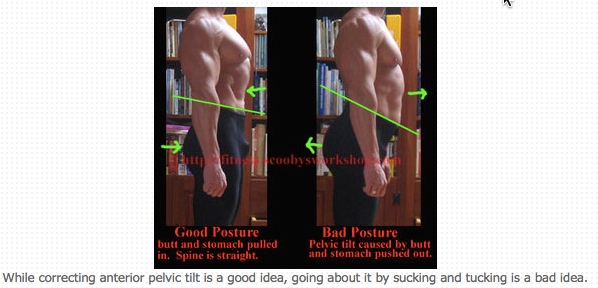
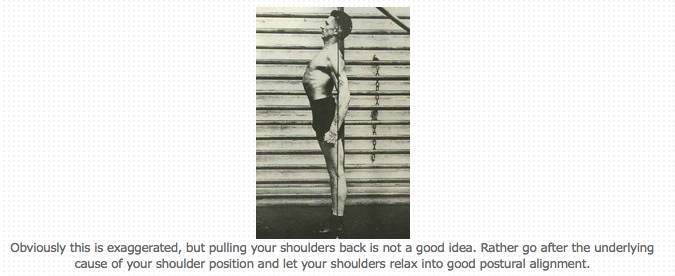
 RSS Feed
RSS Feed